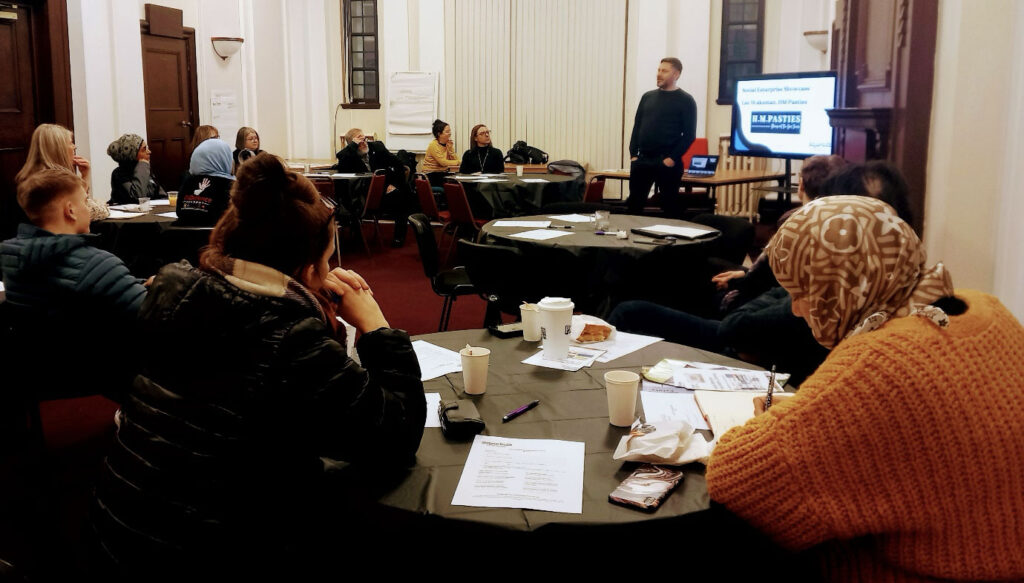There is no single, legal definition of a social enterprise, so there are lots of misconceptions about what kind of organisations do, and don’t, meet the criteria. Any organisation that generates over half its income through trade AND has a clear social mission enshrined in its governing documents, with an accompanying asset lock, is a social enterprise. A Charity that trades, an Amateur Community Sports Club, a Community Interest Company and a Company Limited by Guarantee are all examples of potential social enterprises.
A social enterprise exists to do social and environmental good – its social mission is its core reason for being and it uses trade as the means to generate the income to do that work. Social enterprises are distinct from Voluntary and Community groups because they seek to generate profit to fund their activities. They are also distinct from commercial businesses as their profit is used to further their social and environmental mission and have a social impact.
Social enterprises trade in lots of different ways and across all sectors of the economy. Selling goods, renting out space or being commissioned to deliver activities/services are all viable ways for social enterprises to generate profit to fund their social or environmental work.
This unique way of doing business for social good makes social enterprises innovative and exciting. Social enterprise represents a better way to do business and an economy that works for all people and the planet. But it can also mean that social entrepreneurs need access to information and guidance that isn’t always readily available. We hope the information and resources on these pages can help to bridge that gap.

Are you a Social Enterprise?
Wondering whether your organisation might be a social enterprise? We’ve put together this short quiz that should help you to figure it out.
Why Social Enterprise?
Social enterprise represents an exciting way to do business that works for people and planet. You can read more here about why social enterprise offers such a great model for economies and communities.